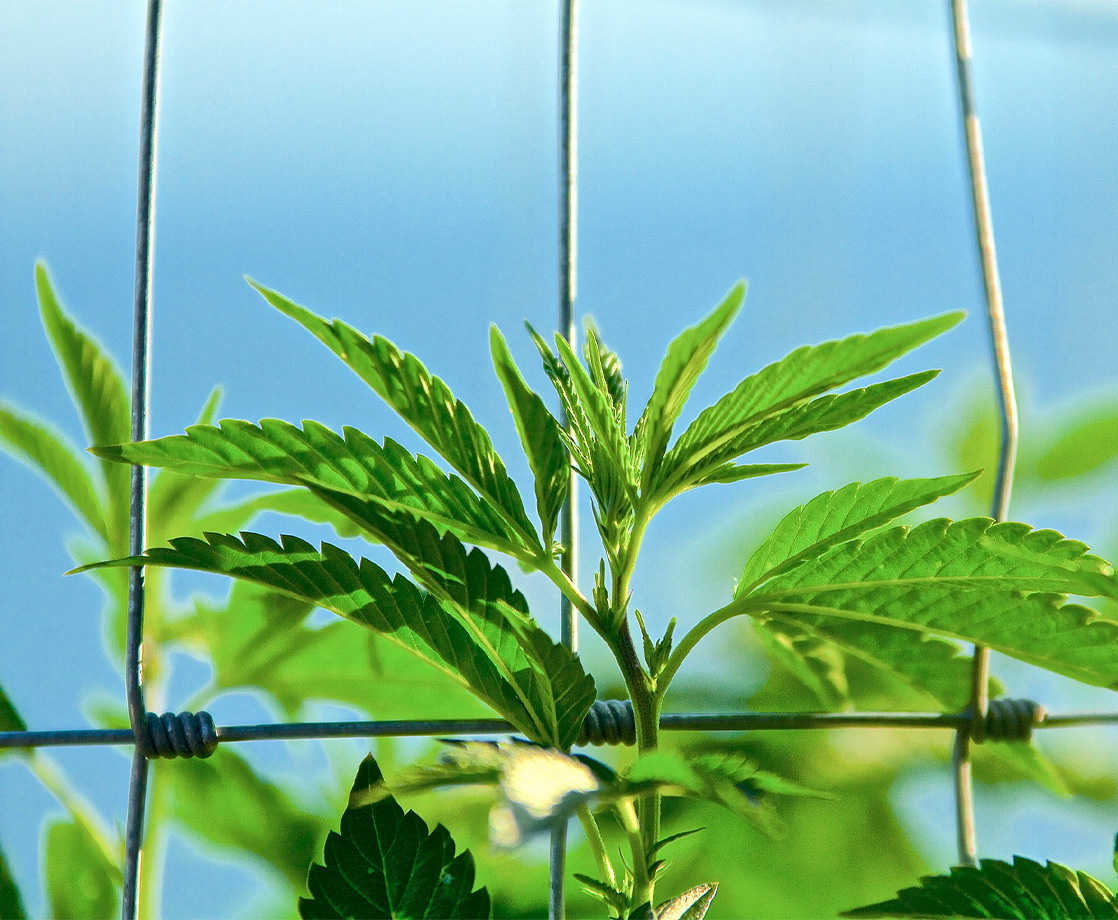On a campaign platform that included dramatic cannabis reform, Justin Trudeau was improbably elected Canada’s new prime minister last October. In the months since, the initial optimism of the country’s cannabis community has turned to something like confusion. The Liberal legalization pledge has led to pressing questions about where marijuana should be sold, and by whom.
There are currently 40,000 registered medical marijuana patients in Canada – a number that is expected to balloon to more than 300,000 over the next decade. Health Canada has reported that nearly half a million people in the country use cannabis for medical reasons.
That means for every patient accessing their chronic through the government’s approved medical system, which allows sales by mail from any of the 27 licensed producers, there are 10 people scoring on the streets or at a dispensary.
It’s important here to note the distinction between illegal storefronts and the country’s pioneering clubs like Canada’s oldest dispensary, the BC Compassion Club Society, which has an honest desire to be part of a legal framework. Many players are embracing regulation as the logical next step for the activist community.
Others on the fringes of the industry, however, seem less willing to wait or cooperate.
When Vancouver moved recently to allow only 14 of the city’s 176 dispensaries to proceed with business applications, it had the ironic impact of sending canna business magnates running to Ontario. One brash owner of 19 storefronts on the West Coast has expanded east in dramatic fashion, setting up shop in Toronto and accepting $50,000 franchise requests from anyone willing to try their hand at the illegal dispensary game.
British Columbia, once an international bastion of progressive cannabis dialogue, has turned its proverbial back on the culture. In Nanaimo – a community that has traditionally shown an almost spiritual acceptance of the plant – the Royal Canadian Mounted Police sent warrants out to 10 shops before raiding three of them. The compassion club community has been shaken in other cities like Vernon and Victoria, where officials are calling on the federal government for direction in developing pot shop policies.
Nowhere is the scene more confusing than in Toronto. Over the last year, the city’s dispensary sector has grown from about a dozen quiet shops to 40 spots, all competing for a piece of the pie. Earlier this month police raided one illegal storefront and charged its owners, who were serving up dab rips for two bucks on Tuesdays.
Undaunted, the shop is reported to be reopening soon.
An equally contentious point of the ongoing Canadian cannabis debate is where recreational grass should be sold. One of Trudeau’s first prime ministerial acts was to issue a mandate letter instructing the minister of justice to create a federal-provincial-territorial process to legalize and regulate the drug.
Over the months since, the premiers of Ontario and Manitoba have both expressed interest in selling cannabis products exclusively through provincially-operated liquor outlets. Quebec has hinted at a similar process. Saskatchewan’s premier said he is hesitant to back a particular distribution model before other more pressing questions are answered and Alberta’s Rachel Notley is still on the fence about whether we should even proceed with legalization.
Notley’s politics aren’t even shared by her federal counterparts anymore. Once outspokenly opposed to the prospect of legalization, Conservative leader Rona Ambrose – who replaced Stephen Harper following his party’s toppling in October – has called on the new prime minister to move quickly to regulate marijuana and stave off the exponential growth of storefronts across the country.
“When this new government was elected, there was a clear message sent that marijuana is legal, marijuana will be legal,” Ambrose told the Globe and Mail. “The problem there is it sent a message to all of those who want to profit from this industry. We see the proliferation of pot dispensaries all across the country, and the concern there is that there is some evidence that some of them are selling to young people.”
A group headed by the country’s largest licensed producer has also started putting proposals together for the government to move quickly on its pledge to legalize the plant. Rather than allowing illegal elements dictate the terms of a regulated marketplace, the group wants to see a framework for recreational cannabis rolled out immediately using a mail-order distribution system similar to what is available to the country’s medical patients now.
Since the election last year, a number of realities have surfaced in the cannabis conversation in Canada.
Nobody, including the government of the day, could have foreseen that so many unlicensed cannabis businesses would set up in Ontario. The questions of where to distribute recreational grass – liquor stores, pot shops or a mix of both – and by whom, licensed producers and/or dispensaries, needs to be answered sooner than later.
Most importantly, the newly elected Liberal government must move fast to ensure all the good its pledged to do for Canadian cannabis doesn’t go up in smoke.











